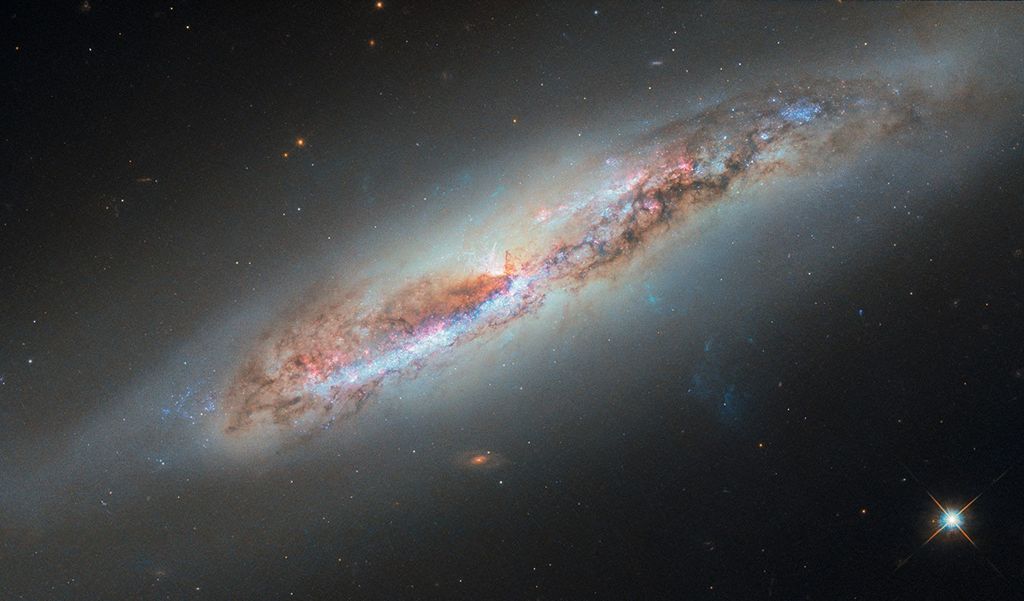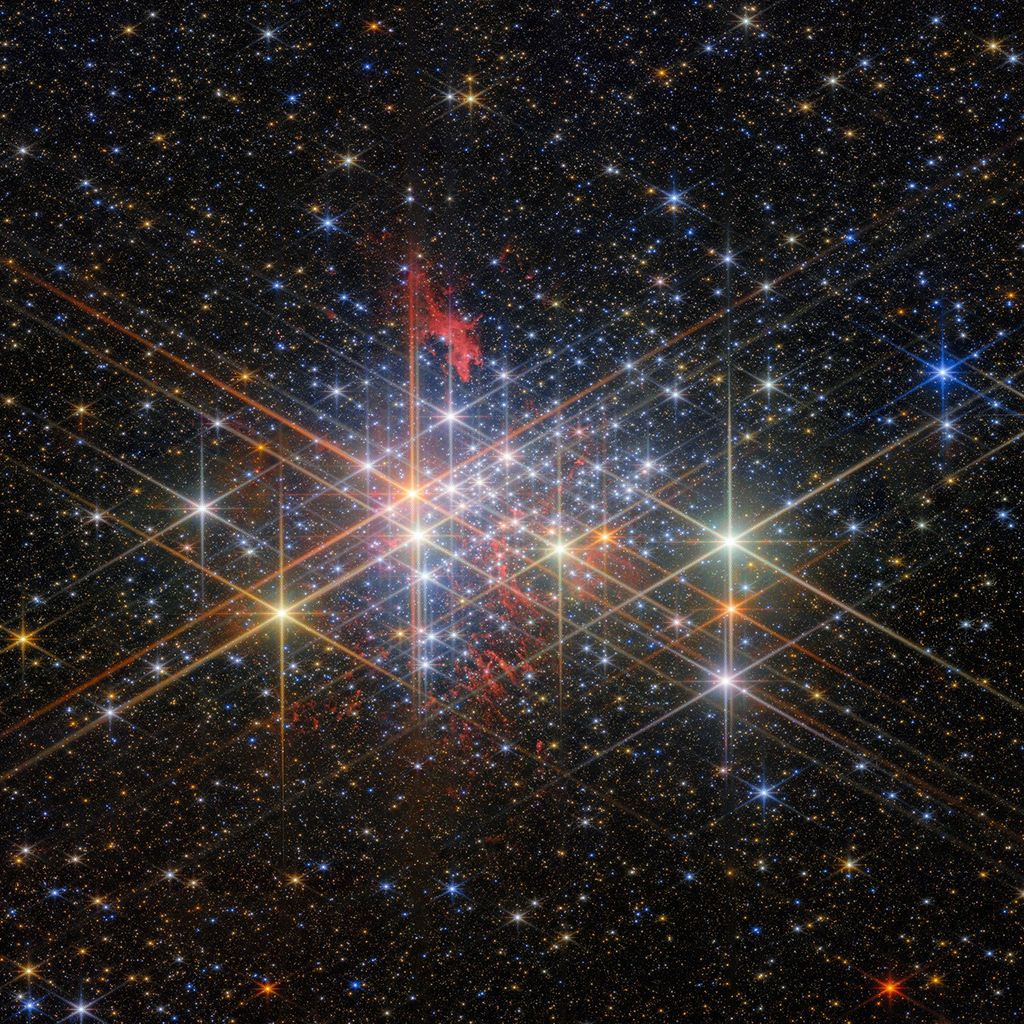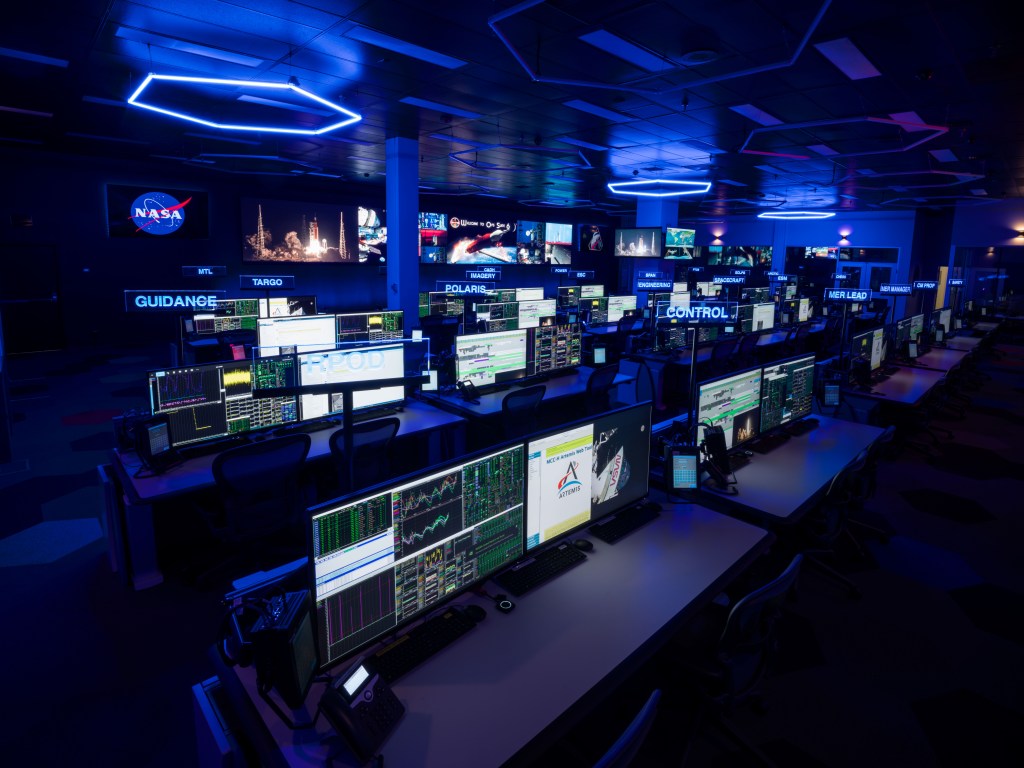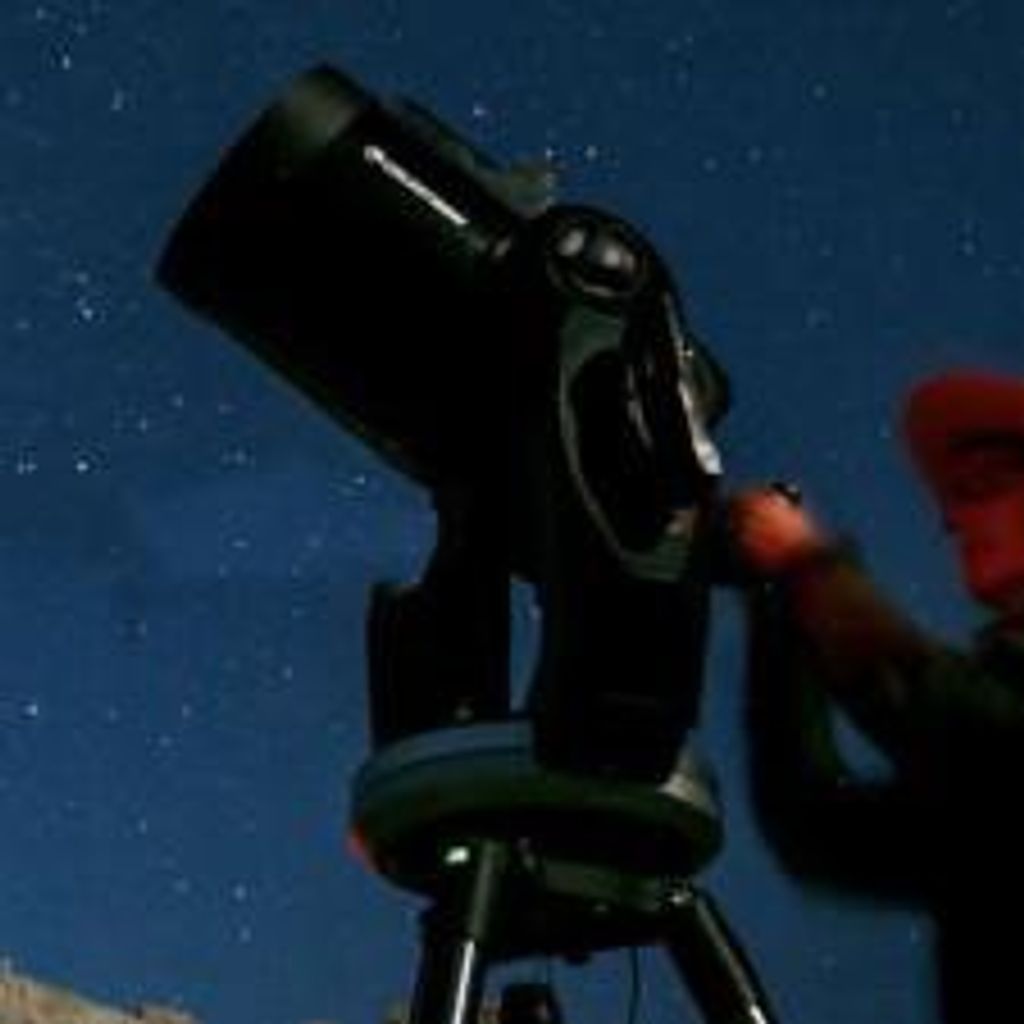1 min read
SN 2020fqv in NGC 4568

Astronomers recently witnessed supernova SN 2020fqv explode inside the interacting Butterfly galaxies, located about 60 million light-years away in the constellation Virgo. Researchers quickly trained NASA's Hubble Space Telescope on the aftermath. Along with other space- and ground-based telescopes, Hubble delivered a ringside seat to the first moments of the ill-fated star's demise, giving a comprehensive view of a supernova in the very earliest stage of exploding. Hubble probed the material very close to the supernova that was ejected by the star in the last year of its life. These observations allowed researchers to understand what was happening to the star just before it died, and may provide astronomers with an early warning system for other stars on the brink of death.
About the Object
- R.A. PositionR.A. PositionRight ascension – analogous to longitude – is one component of an object's position.12:36:34
- Dec. PositionDec. PositionDeclination – analogous to latitude – is one component of an object's position.11:14:17
- ConstellationConstellationOne of 88 recognized regions of the celestial sphere in which the object appears.Virgo
- DistanceDistanceThe physical distance from Earth to the astronomical object. Distances within our solar system are usually measured in Astronomical Units (AU). Distances between stars are usually measured in light-years. Interstellar distances can also be measured in parsecs.59 million light-years
- DimensionsDimensionsThe physical size of the object or the apparent angle it subtends on the sky.Image is 5.4 arcmin across (about 93,000 light-years)
About the Data
- Data DescriptionData DescriptionProposal: A description of the observations, their scientific justification, and the links to the data available in the science archive.
Science Team: The astronomers who planned the observations and analyzed the data. "PI" refers to the Principal Investigator.The HST observations include those from program 05446 (G. Illingworth)
- InstrumentInstrumentThe science instrument used to produce the data.WFPC2
- Exposure DatesExposure DatesThe date(s) that the telescope made its observations and the total exposure time.Feb 1995
- FiltersFiltersThe camera filters that were used in the science observations.F606W
- Object NameObject NameA name or catalog number that astronomers use to identify an astronomical object.NGC 4567 (top) and NGC 4568 (bottom)
- Object DescriptionObject DescriptionThe type of astronomical object.Supernova in a distant galaxy
- Release DateOctober 21, 2021
- Science ReleaseHubble Gives Unprecedented, Early View of a Doomed Star’s Destruction
- CreditNASA, ESA, Ryan Foley (UC Santa Cruz); Image Processing: Joseph DePasquale (STScI)

These images are a composite of separate archival exposures acquired by the WFPC2 instrument on the Hubble Space Telescope and more recent ground-based optical data from the Lick Observatory. Several filters were used to sample narrow wavelength ranges. The color results from assigning different hues (colors) to each monochromatic (grayscale) image associated with an individual filter. In this case, the assigned colors are: Blue: LCO/BGreen: LCO/VOrange: LCO/rRed: LCO/iLuminosity: HST/F606W

Related Images & Videos
Share
Details
Claire Andreoli
NASA’s Goddard Space Flight Center
Greenbelt, Maryland
claire.andreoli@nasa.gov































